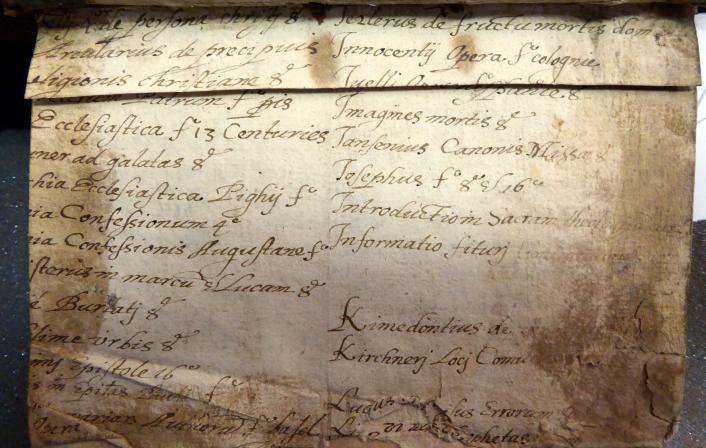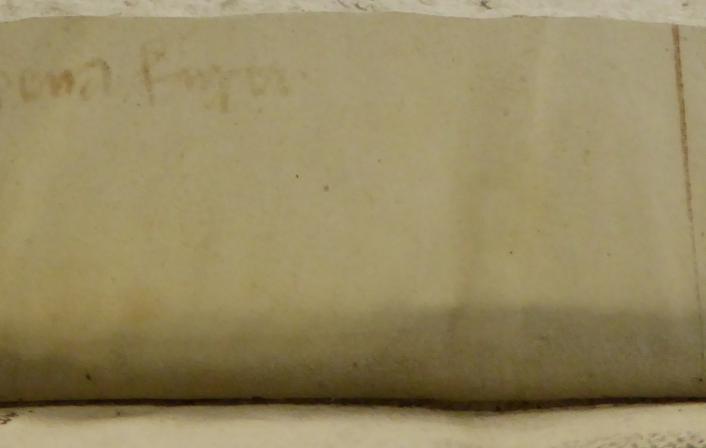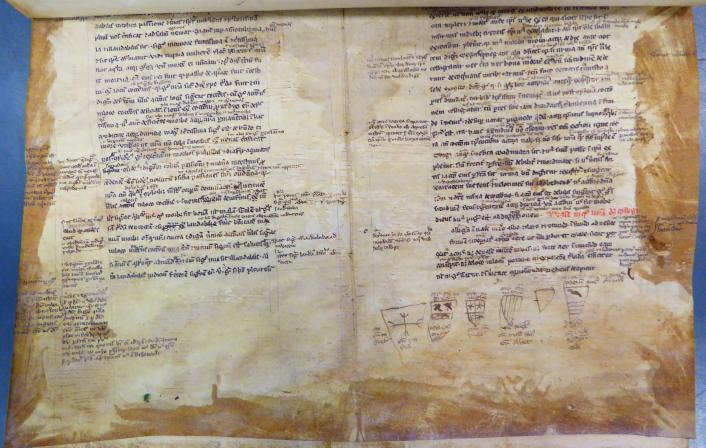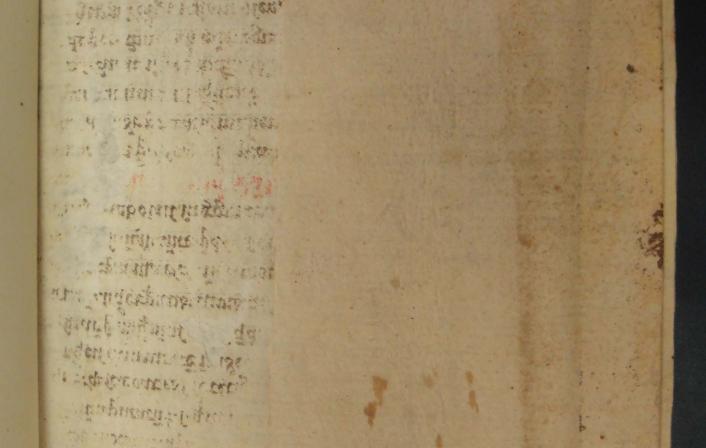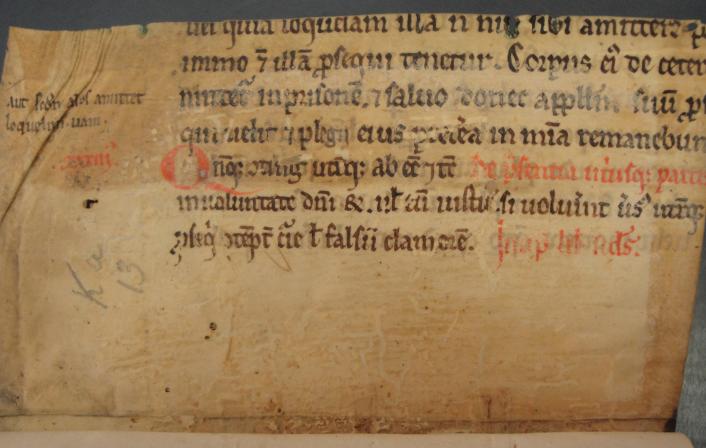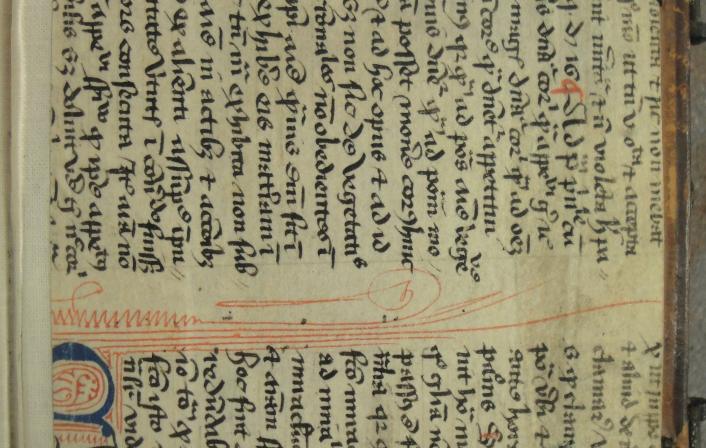Highlights
David Rundle describes the interest of two sets of fragments found in bindings of books for Samuel Harsnett.
Most of the sources for this project are fragments of texts which need to be identified – but sometimes the evidence is even more tantalising.
The destruction of manuscripts is particularly associated, in England, with the Dissolution of the Monasteries but it was certainly not the moment of its birth.
The nature of the evidence for this project is that it is incomplete but sometimes it can be little more than a ghost, as this example shows.
Most of the fragments in the Harsnett collection have not been studied, but a few have been. Even when they have, though, there is still more to be found.
One of the more unexpected discoveries during the research for the pilot project was a volume with annotations in the hand of the man who was Archbishop of Canterbury when Samuel Harsnett was born -- Matthew Parker (1504-75).
